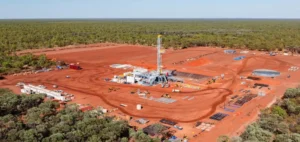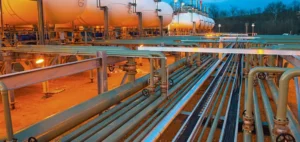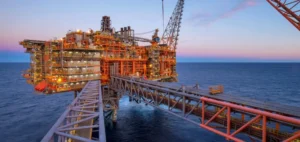GTT, Bloom Energy and Ponant Explorations Group have formalised an industrial partnership to develop an onboard energy system for maritime transport. This system will combine Solid Oxide Fuel Cells (SOFC) powered by Liquefied Natural Gas (LNG) and a carbon dioxide (CO₂) capture technology, with the objective of supplying the auxiliary electricity needed aboard a future cruise vessel operated by Ponant.
An integrated project on a next-generation vessel
This hybrid system will be integrated into the Swap2Zero ship, scheduled for commissioning by 2030. It will rely on wind propulsion and electricity produced from LNG-fuelled SOFCs, while capturing CO₂ emissions from combustion. The energy produced will cover lighting, water heating, and other onboard services.
GTT will be responsible for designing and developing the carbon capture module compatible with Bloom Energy’s fuel cell systems. The solution will also utilise residual heat from cryogenic facilities to enhance overall energy efficiency. This coupling of decentralised power generation and onboard capture aims to optimise thermal management on board.
Energy recovery and industrial integration
Bloom Energy will supply its high-efficiency Solid Oxide Fuel Cells, which directly convert the chemical energy of LNG into electricity. This technology also enables the recovery of generated heat for heating or cooling purposes on board. The system is part of a fully integrated approach designed to minimise energy losses and optimise available resources on board.
Ponant Explorations Group will integrate this solution as part of its Swap2Zero programme, partially co-financed by the European Innovation Fund and the France 2030 plan. The ship will serve as a demonstrator for the next generation of maritime energy systems combining alternative propulsion, liquefied energies, and onboard carbon capture.
Industrial outlook and technical cooperation
This project reflects a technological collaboration between a gas equipment manufacturer, a provider of fuel cell energy solutions, and a cruise operator. The goal is to develop a modular system adaptable to various types of vessels, in line with future requirements of the International Maritime Organization (IMO) for emission reductions.
According to the companies’ executives, the partnership aligns industrial expertise, technological innovation, and operational integration. The entire system will be designed to meet the specific space, safety, and energy performance constraints of passenger vessels.






















